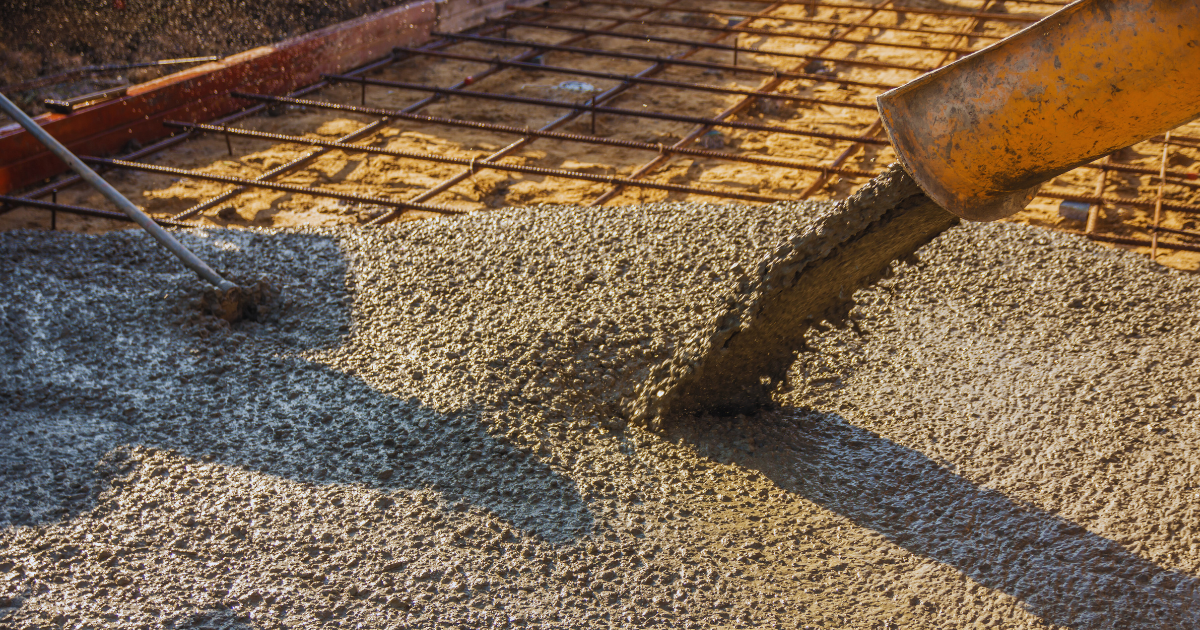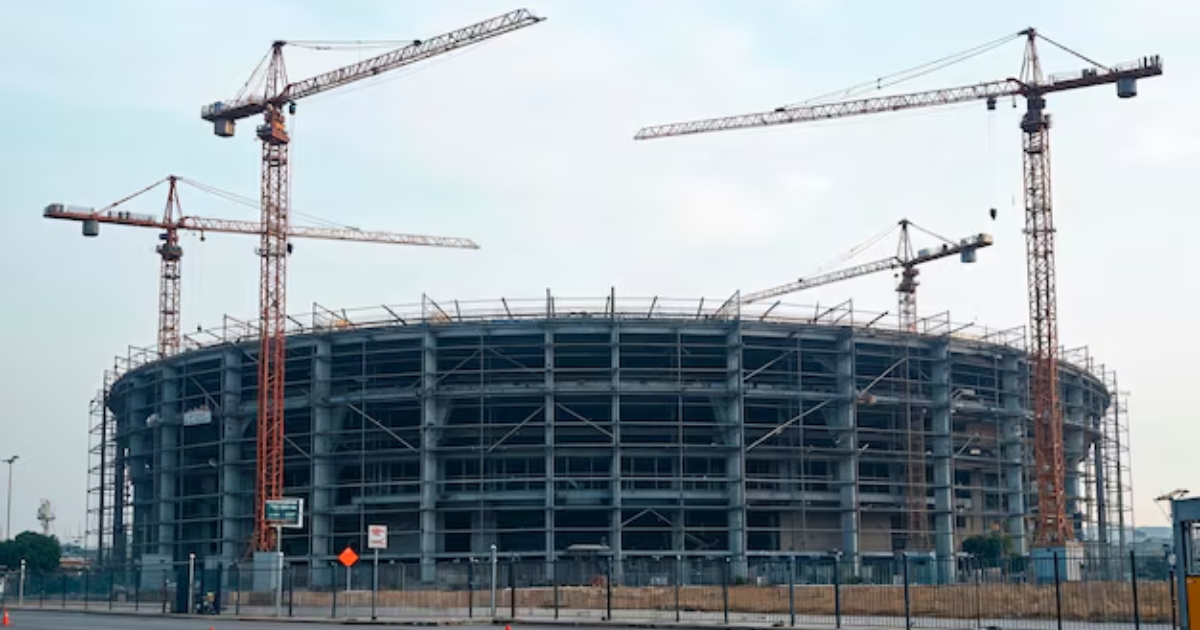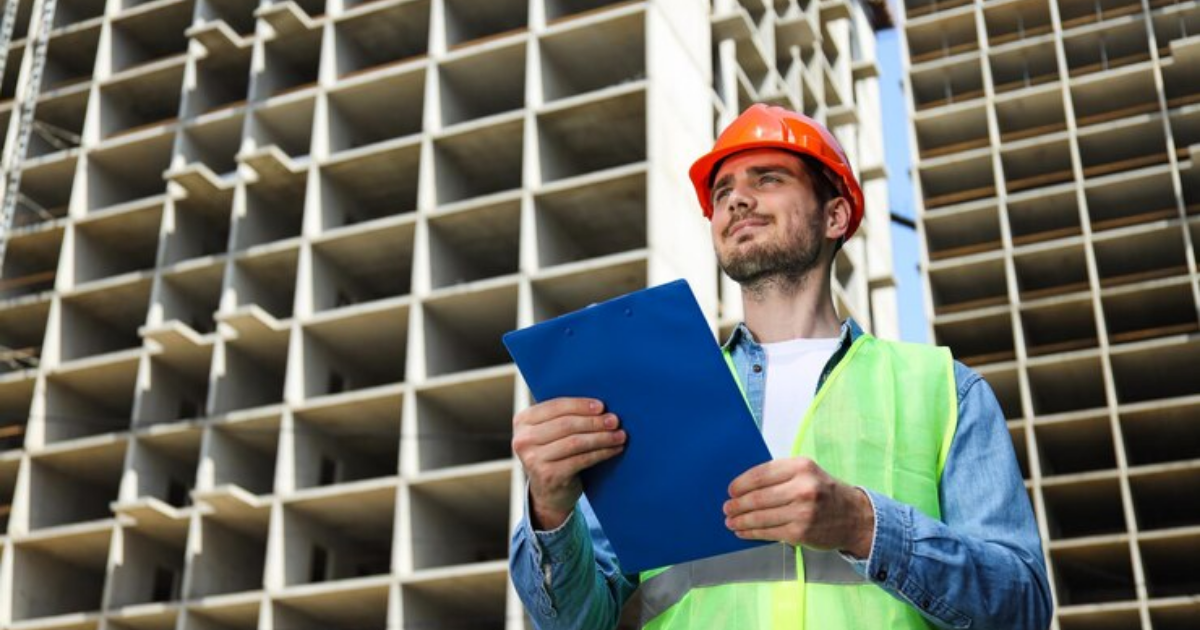Basement building is a multifaceted process that involves careful planning, precise execution, and adherence to various building codes and standards. Whether you envision a spacious entertainment area, a practical storage solution, or additional living space, constructing a basement can significantly enhance your property. In this comprehensive guide, we’ll explore the essential steps, considerations, and tips for successful basement building.
1. Understanding Basement Building
Before diving into the specifics, it’s crucial to grasp the concept of basement building. This process involves excavating beneath a building’s ground floor to create a space that can be utilized for various purposes. Basement building not only adds value to your home but also offers practical benefits like additional living space or storage.
2. Planning and Design
The first step in basement building is detailed planning and design. This phase is critical as it sets the foundation for the entire project. Begin by determining the purpose of your basement. Will it be a living area, a home office, or a storage space? Your design should reflect its intended use.
Consult with Professionals: Engaging with architects or structural engineers can provide valuable insights into designing a basement that aligns with your needs and complies with local building codes. They can help you determine the appropriate dimensions, layout, and structural requirements for your basement.
Permits and Regulations: Basement building often requires permits from local authorities. Ensure you understand the zoning laws, building codes, and safety regulations in your area. Failure to comply with these regulations can lead to costly delays and legal issues.
3. Excavation and Foundation
The excavation phase is a crucial part of basement building. Proper excavation ensures a stable foundation for your basement.
Excavation Process: The excavation involves digging out the area beneath your home’s foundation to create space for the basement. This process should be performed by experienced contractors to avoid damaging existing structures or utilities.
Foundation: Once excavation is complete, the next step is to lay the foundation. For basement building, a reinforced concrete foundation is often used due to its durability and strength. This foundation supports the weight of the building and ensures the basement remains dry and stable.
4. Waterproofing and Drainage
Waterproofing is a vital aspect of basement building. A well-designed waterproofing system prevents water infiltration and keeps your basement dry and habitable.
Waterproofing Solutions: There are various waterproofing methods, including external membrane systems, interior sealants, and drainage systems. External membrane systems involve applying a waterproof coating to the exterior walls of your basement. Interior sealants are used to fill gaps and cracks that may allow water to enter.
Drainage Systems: Effective drainage systems are essential to manage water around the foundation. Consider installing a sump pump and French drain to direct water away from your basement. Proper drainage helps prevent water accumulation and reduces the risk of flooding.
5. Structural Considerations
Basement building requires careful attention to structural integrity. Ensuring that your basement is structurally sound is crucial for safety and durability.
Support Beams and Columns: Depending on the size and design of your basement, you may need to install support beams and columns to reinforce the structure. These elements help distribute the weight of the building and prevent sagging or collapse.
Ceiling Height: Consider the ceiling height of your basement. A higher ceiling enhances the usability and comfort of the space. Building codes often specify minimum ceiling heights for basements, so ensure your design complies with these requirements.
6. Insulation and Ventilation
Insulation and ventilation are important factors in basement building that affect comfort and energy efficiency.
Insulation: Proper insulation helps regulate the temperature in your basement, making it more comfortable and energy-efficient. Insulate the walls, floor, and ceiling of your basement using materials such as foam board or spray foam insulation. This helps maintain a consistent temperature and reduces energy costs.
Ventilation: Adequate ventilation prevents moisture buildup and improves air quality. Install vents, air exchangers, or dehumidifiers to ensure proper airflow in your basement. Good ventilation also helps prevent issues like mold and mildew growth.
7. Electrical and Plumbing
Integrating electrical and plumbing systems into your basement is essential for functionality and convenience.
Electrical Wiring: Plan the electrical wiring for your basement carefully. Consider the placement of outlets, lighting fixtures, and switches based on the intended use of the space. Hire a licensed electrician to ensure that all electrical work meets safety standards and building codes.
Plumbing: If your basement will include a bathroom, kitchenette, or laundry area, you’ll need to install plumbing systems. Properly plan the layout of pipes and fixtures to ensure efficient water supply and drainage. Engage a professional plumber to handle this aspect of basement building.
8. Finishing Touches
Once the structural and functional elements are in place, it’s time to focus on the finishing touches that will make your basement a comfortable and aesthetically pleasing space.
Flooring: Choose flooring materials that are suitable for basements, such as vinyl, laminate, or tile. These materials are resistant to moisture and provide durability. Avoid using carpet in areas prone to dampness.
Walls and Ceilings: Finish the walls and ceilings with paint, drywall, or paneling. Choose colors and materials that complement the overall design of your basement. Consider installing recessed lighting or decorative fixtures to enhance the ambiance.
Furnishings and Décor: Furnish your basement according to its intended use. Add furniture, décor, and accessories that make the space functional and inviting. Personalize the area with artwork, rugs, and other decorative elements.
9. Maintenance and Upkeep
Maintaining your basement is crucial to ensure its longevity and functionality. Regular upkeep helps prevent issues and keeps the space in good condition.
Inspection: Periodically inspect your basement for signs of water damage, cracks, or other issues. Address any problems promptly to prevent further damage.
Cleaning: Keep your basement clean and free of clutter. Regular cleaning helps maintain a healthy environment and prevents the buildup of dust and debris.
Preventive Measures: Implement preventive measures such as sealing cracks, maintaining proper drainage, and monitoring humidity levels to protect your basement from potential issues.
Conclusion
Basement building is a rewarding endeavor that adds significant value and functionality to your home. By following this comprehensive guide, you can navigate the complexities of basement construction with confidence. From planning and design to excavation, waterproofing, and finishing touches, each step is crucial for a successful basement building project.
Careful attention to detail, adherence to building codes, and engagement with professionals ensure a high-quality basement that meets your needs and preferences. With proper maintenance and upkeep, your basement will continue to serve as a valuable and enjoyable space for years to come.
By investing time and effort into basement building, you not only enhance your living space but also increase the overall value of your property. Embrace the possibilities of basement construction and transform your home with a well-designed, functional, and inviting basement.







